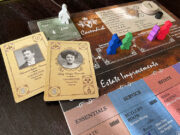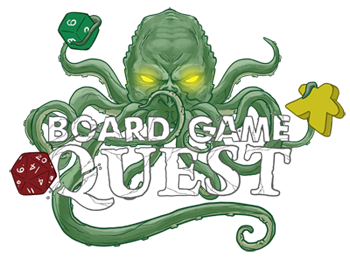 There is something to be said about a tactical skirmish game that you can set up and get to the table in just a few minutes. While I love my games of Star Wars: Shatterpoint, Cyberpunk Red: Combat Zone, or even Marvel Champions, before I can play, it takes me quite a bit to build a team and equip them.
There is something to be said about a tactical skirmish game that you can set up and get to the table in just a few minutes. While I love my games of Star Wars: Shatterpoint, Cyberpunk Red: Combat Zone, or even Marvel Champions, before I can play, it takes me quite a bit to build a team and equip them.
In comes Gudnak. Designed by Timothy O’Brien and Ian Oliver, this tactical card game features four unique factions and plays in about 15-20 minutes—army building optional. Plus, the logo can be read both right side up and upside down, so it’s got that going for it. Which is nice.
Gameplay Overview:
To play Gudnak, you first have to get your army deck. You can either use one of the 4 pre-made starter decks or build your own from various cards (if that’s your thing). The game is played on a 3×3 grid, with each player’s stronghold sitting behind the center square on their back row.
A player’s turn has 3 parts:

Start Phase: Draw a card, or if you are sieged (an enemy unit is in the space in front of your stronghold), then you discard the top card of your deck.
Action Phase: You have two actions to spend. These will let you summon a unit to the board (no cost), move a unit to an adjacent space, draw a card, attack, play a tactics card (these are 1-off action cards), or defend your stronghold. Attacks are just a strength comparison, with the lower value unit being discarded (or both in the case of a tie).
Units of matching types can also be built into stacks (piles). Only the top unit of a stack is active, but when it’s killed, the one underneath it takes its place as the active unit. Stacked units can be moved with one action, so this is a great way to ferry troops around the board quickly or retain control of a space.
Your turn ends with the end phase, where you unexhaust your units and pass play to your opponent.
If you can get a unit in front of your opponent’s stronghold when they have no cards left in their deck, you win!
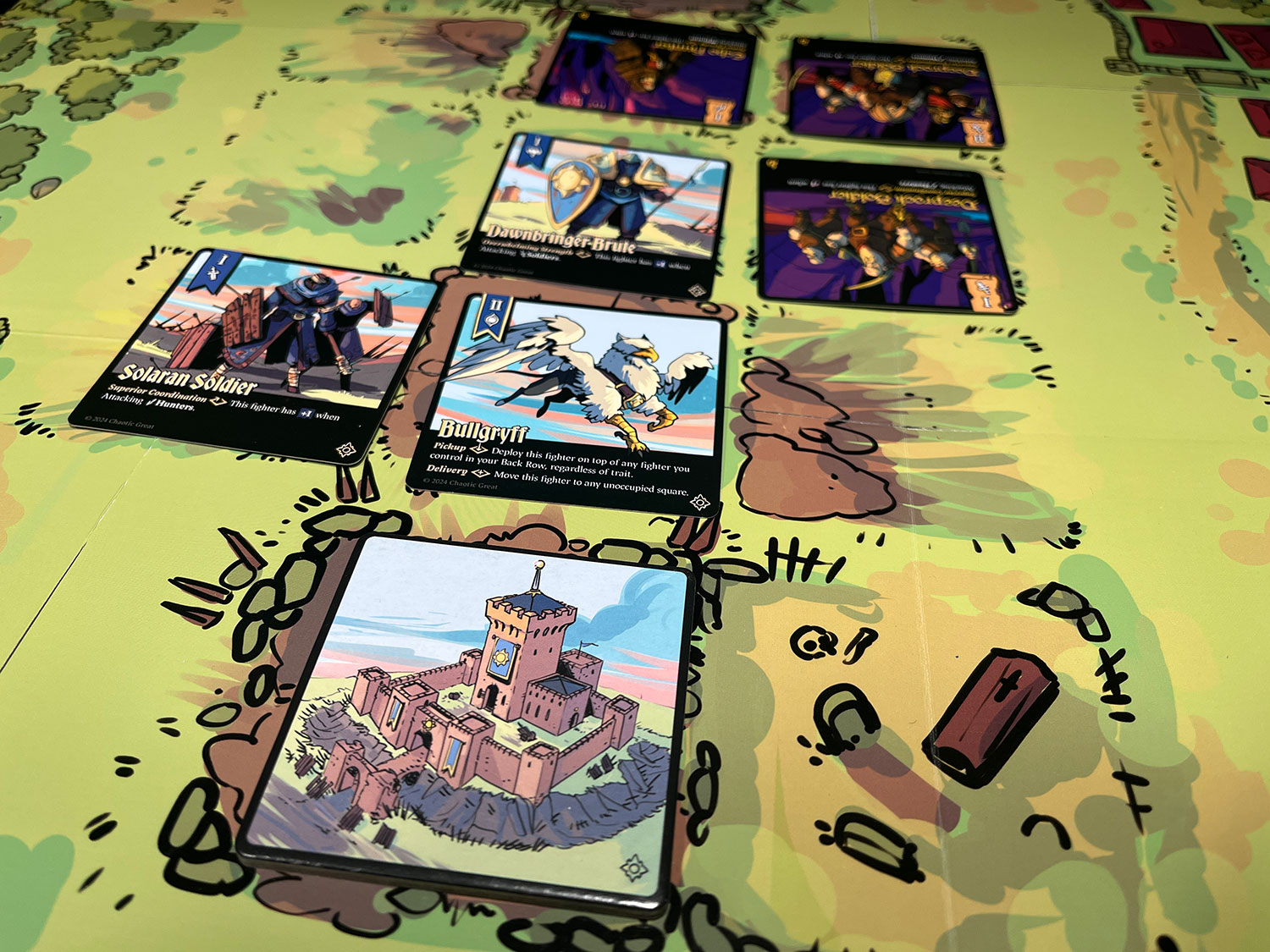
Game Experience:
Gudnak is a fun little game. It’s easy to learn, quick to set up, and plays in about 20 minutes. It has a bit of a Summoner Wars vibe to it where you have square(ish) cards moving around a grid as your units. That being said, this is a much lighter game, but it can hold its own for sheer fun. The art from Vittoria Pompolani is excellent and pulls in the whimsical humor of the game, which also is present in the rulebook.
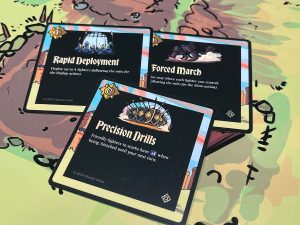
Speaking of, the rulebook does a really good job of teaching you the game and getting you into the action qucikly. The designer’s humor actually comes through in a few areas there and it works well. Many times rulebook writers who try and add humor or flavor just end up being distracting, but this works well and I found it to be quite entertaining.
Almost every unit will have a special ability, but most are pretty straightforward. Your low level grunts have a bit of a rock paper scissors mechanic where you have Hunters, Brutes, and Soldiers and each will get a bonus to attack vs one other type. Those are the main units of your forces, but things get wild when a hero comes into play. Those are strong units with really unique powers. Most are tailored around your faction, so you might see the knight hero defending its allies, a flying bullgriff ferrying units around the board, or the necromancer deploying a grunt from its graveyard.

It’s the heroes and tactics cards that help each faction to feel unique, but they all play pretty strongly against each other (at least of the starter decks). We’ve tried out all four factions and every game has come down to the wire. Since attacking doesn’t have any randomness to it, you can go into battles knowing the outcome (short of a reactive tactics card). That means when you play a card can be almost as important as what you play.
That does mean that a good draw can set you ahead of your opponent. For the most part, you will be only drawing 1 card per turn as the action economy is super tight. The main things you will be doing are deploying a unit, attacking, or moving. Once you’ve done two out of those you are done. So it’s rare when I have a free action to draw another card. That means that if your opponent is barreling down on your stronghold and you keep drawing tactics cards, you are going to be in trouble. There isn’t a ton in the game to mitigate the luck of the draw.
Final Thoughts:
Gudnak is an easy game to like. The rules are easy to pick up, the art is wonderful, and the game is quick to play. For this review, they sent us the core set, but there is already an expansion on the market. The expansions follow the LCG model, so there are no blind boosters to buy. While I didn’t experience too much with my own deck construction, but it’s pretty easy: 5 heroes, 5 tactics, and 10 basic fighters. Done. The rulebook even includes sample decks for you to try out, and while your basic fighters need to be part of your faction, your heroes and tactics cards can be either neutral or part of your faction.
If you are a fan of dueling games like Magic: The Gathering and like the idea of a little bit of skirmish thrown in, check out Gudnak. It’s a fun card-based skirmish game that doesn’t require you to buy into another “lifestyle game.”
Final Score: 4 stars – A fun dueling/skirmish game that’s easy to get to the table and has some solid replay value.
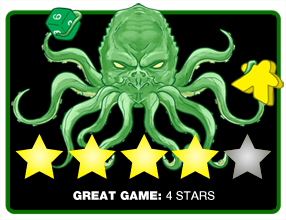 Hits:
Hits:
• Easy to learn
• Quick to play
• Good amount of customization options
• Nice theme and art
Misses:
• Deck draw can sometimes set you back



